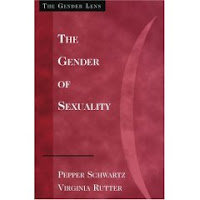 Well now this is interesting–and on a continuum, somehow, with the National Organization for Women’s late 1960s protests against sex-segregated help-wanted ads in the New York Times. As Lynn Harris reports over at Broadsheet, my local NOW chapter (NYC-NOW) has scored a homerun with their anti-human trafficking campaign. Specifically, New York magazine announced this week that it would no longer be running ads for sexual services, including escort agencies and suspicious “massage.” And according to the New York Post, it’s the 15th publication to do so this year.
Well now this is interesting–and on a continuum, somehow, with the National Organization for Women’s late 1960s protests against sex-segregated help-wanted ads in the New York Times. As Lynn Harris reports over at Broadsheet, my local NOW chapter (NYC-NOW) has scored a homerun with their anti-human trafficking campaign. Specifically, New York magazine announced this week that it would no longer be running ads for sexual services, including escort agencies and suspicious “massage.” And according to the New York Post, it’s the 15th publication to do so this year.
Writes Lynn, in good third-wave feminist style,
To be sure, not every “Punjab Princess” advertising in New York is doing “bodywork” against her will. And it’s hard to imagine that Pink Orchid is going to close up shop just because it can no longer snare New York readers pretending to be looking for the Approval Matrix. But those are hardly good reasons to shrug and keep running the ads, or to dodge an opportunity to make a move based on principle. One of NOW’s stated goals is to “shed light on how the trafficking industry is a part of the local economy and identify the legitimate businesses that do business with traffickers.” At very least, it’s a necessary reminder that women and men are trafficked not just in Bangkok, and not just in hidden brothels, but right next to our own crossword puzzles.








